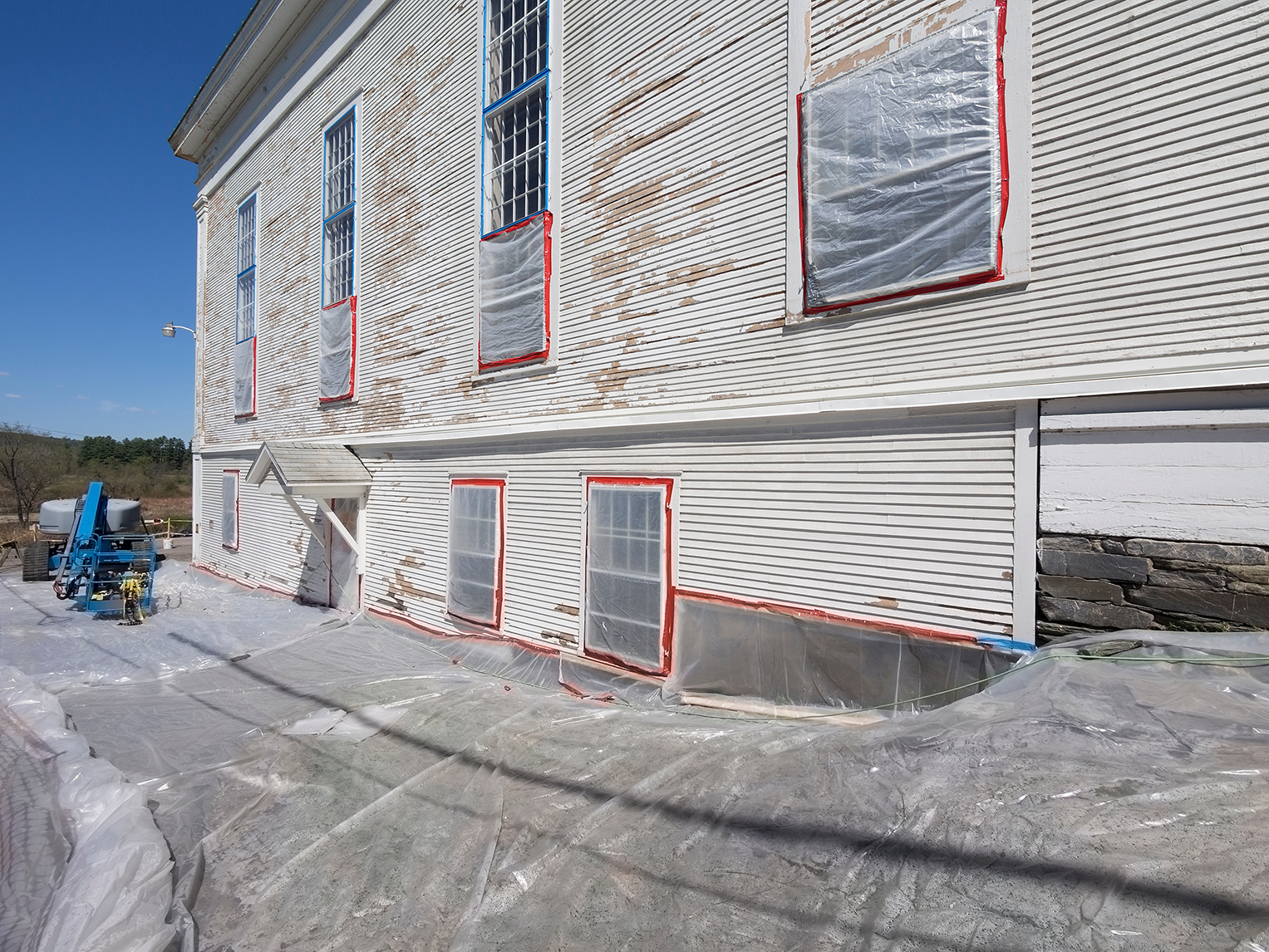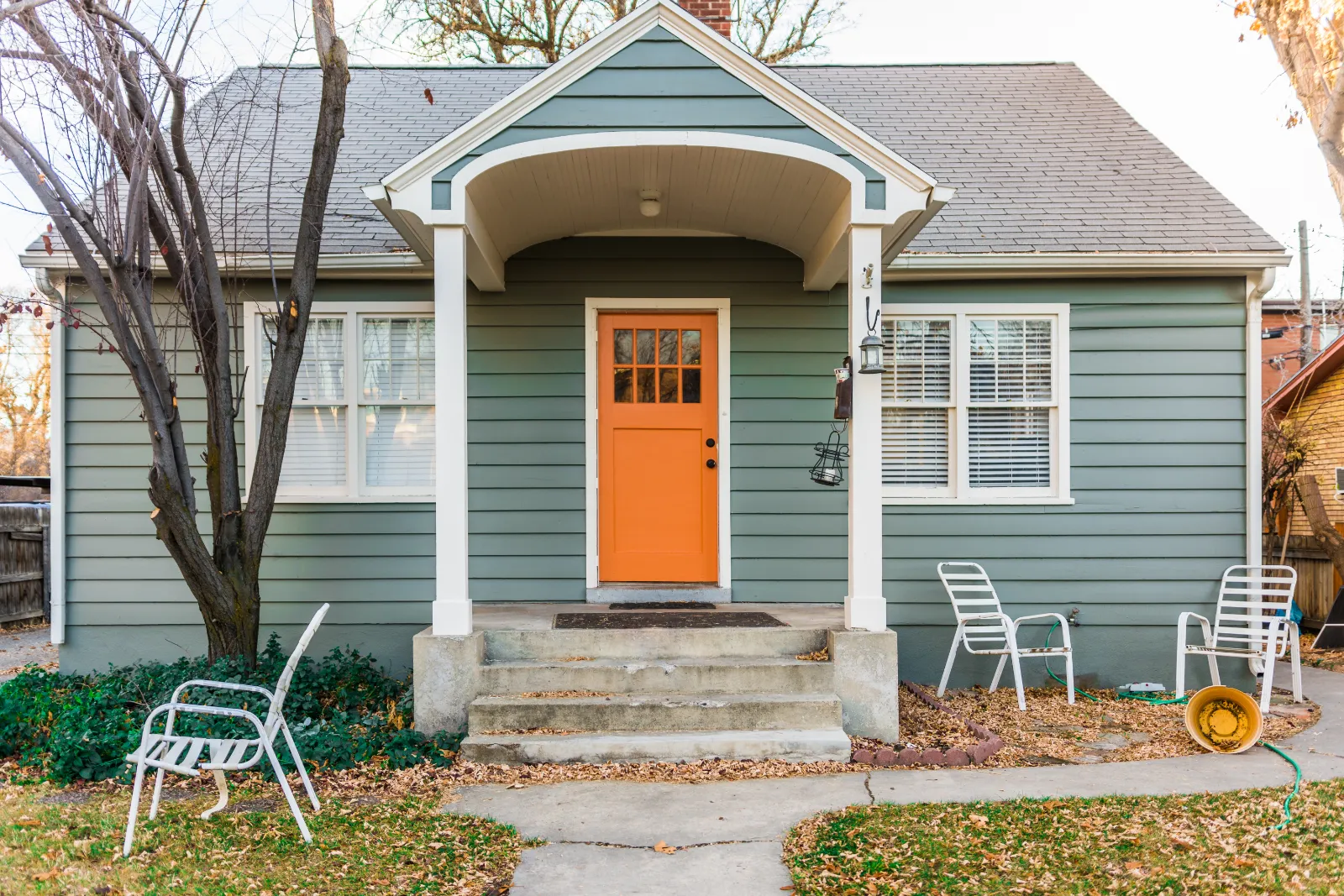Menu
It is a mineral, mined primarily in Africa, Brazil, China, and Canada, but is not hazardous in it’s natural state. Asbestos becomes hazardous when it is broken up and the fibers and dust become suspended in air in the breathing zone. It can be found in older homes and commercial properties.


DEQ has specific rules regarding the handling, removal and disposal of asbestos-containing materials, commonly referred to as ACM. DEQ regulates ACM abatement to prevent asbestos fiber release and exposure. Asbestos is a danger to public health and a hazardous air pollutant for which there is no known safe level of exposure.
Before any public or private facility is demolished, including residential buildings, all ACM must be properly abated. Abatement includes handling, removing, disposing, repairing, salvaging, enclosing or encapsulating any ACM.
DEQ’s asbestos survey rule requires a thorough inspection by an accredited inspector to determine the presence of ACM in or on a structure prior to any demolition activities. A copy of the asbestos survey is required to be onsite during all demolition activities and DEQ can request a copy of the asbestos survey.
As AHERA-certified Asbestos Inspectors, we can identify Asbestos Containing Material in your home or business.